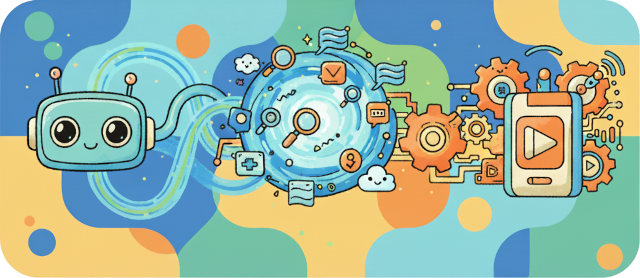
The Silent Breakage: A Versioning Strategy for Production-Ready MCP Tools
The Model Context Protocol (MCP) is unlocking a new era of connectivity between LLMs and our data. But as we move from “cool demos” to production systems, we are hitting a wall that every API developer recognizes, yet few are prepared for: Versioning.
If you treat an MCP server exactly like a standard REST API, you will break your agents.
While a standard API usually breaks loudly (throwing 400/500 errors) when a contract changes, MCP tools often break silently. A changed tool description or a renamed parameter doesn’t just cause a validation error; it causes the LLM to hallucinate, misunderstand its instructions, or fail to execute a Critical User Journey (CUJ) that worked five minutes ago.









